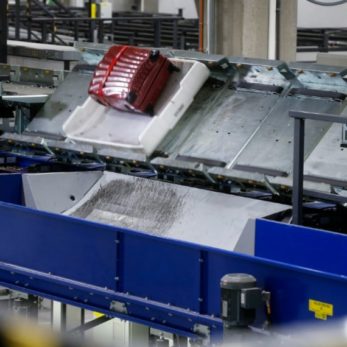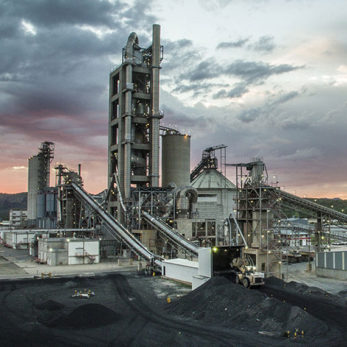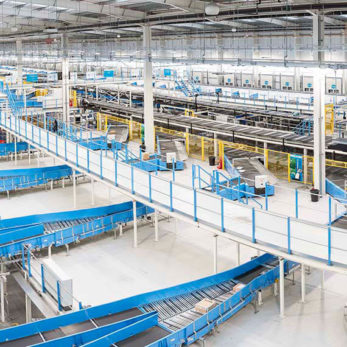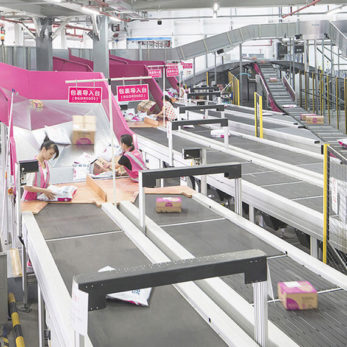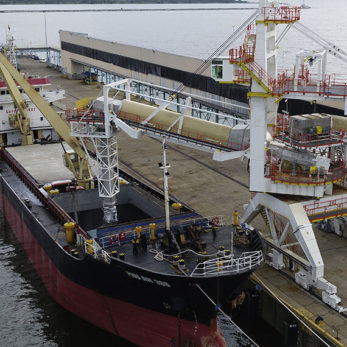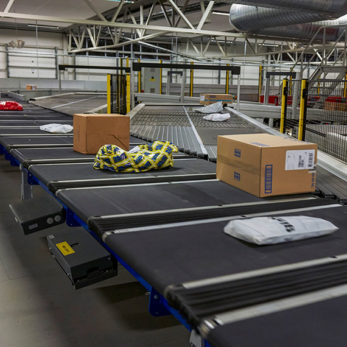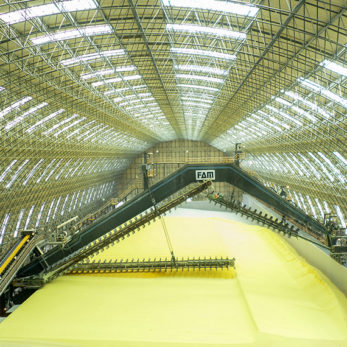Definition of the Warehouse Management System or WMS
To control the entire flow of internal goods, WMS software which can track, control and analyse the movement of all goods is required. This warehouse management software is also called Warehouse Management System (WMS). Hardware is also an integral part of this system, such as computers, tablets and scanners. The Warehouse Management Systems depicts all logistical processes – from receipt of goods, storage, relocation and removal, picking and order commissioning, packaging, all the way up to shipping.
The system also collects and processes information on inventory. In this way, the stock and the location of every item can be verified at any time and the inventory can be streamlined. In addition, also through optimisation proposals WMS are able to improve logistical processes.















